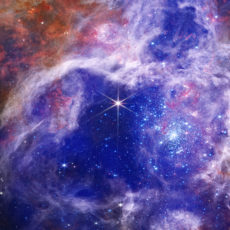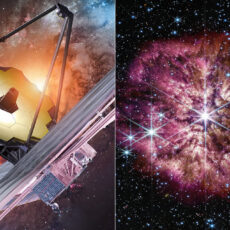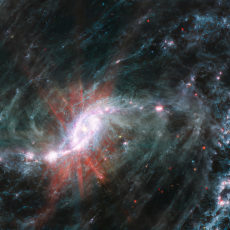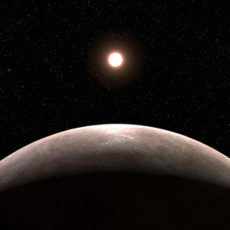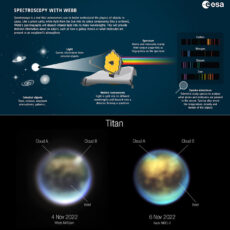
NASA’s James Webb Space Telescope recently found tiny quartz nanocrystals in the high-altitude clouds of scorching gas giant WASP-17 b, a hot Jupiter located 1,300 light-years from Earth. This marks the very first time that silica (SiO2) particles have been detected in an exoplanet atmosphere.

Webb’s MIRI (Mid-Infrared Instrument) observed the WASP-17 system for almost 10 hours, gathering over 1,275 brightness measurements of 5- to 12-micron mid-infrared light as the planet crossed its star. Researchers believe the nanocrystals resemble the pointy hexagonal prisms found in geodes on Earth, each one measuring just 10 nanometers across—one-millionth of one centimeter.
- Feed a passion for science and technology – Kids can learn more about the challenges of space exploration with this LEGO Technic NASA Mars Rover...
- Conduct a test flight – This advanced building kit for kids ages 10 and up includes a buildable toy version of NASA’s Ingenuity helicopter, which...
- AR brings the mission to life – The accompanying augmented reality app experience lets kids dive into the details of the rover and its mission
We were thrilled! We knew from Hubble observations that there must be aerosols—tiny particles making up clouds or haze—in WASP-17 b’s atmosphere, but we didn’t expect them to be made of quartz,” said David Grant, a researcher at the University of Bristol in the UK.



